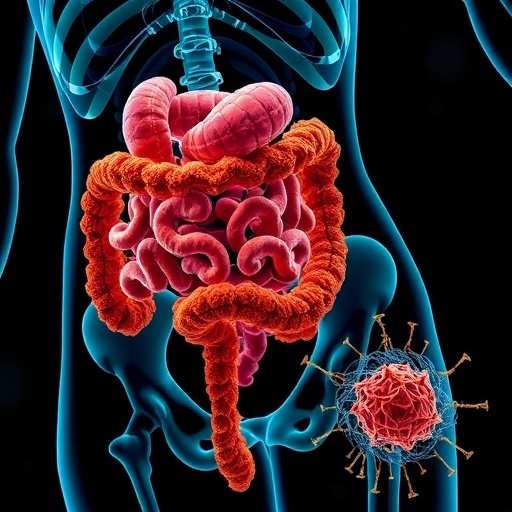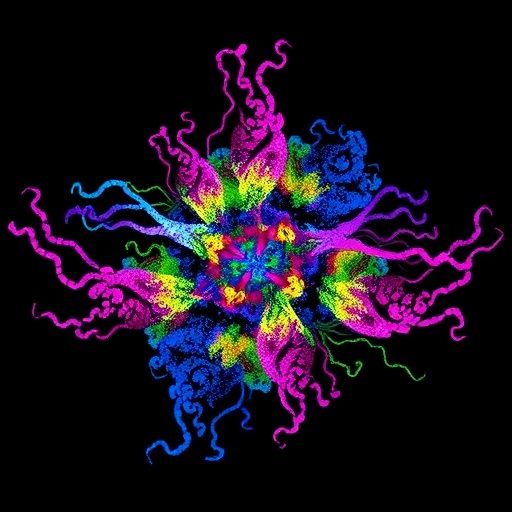A biologist at Louisiana State University conducted a pioneering research study that could help us to better understand the role of dopamine in stress resilience in humans through analyzing wild songbirds. This study could lead to increased prevention and treatment of stress-related disorders.
Dopamine is a chemical in the brain that is important for learning and memory. Department of Biological Sciences Assistant Professor Christine Lattin, and colleagues conducted this study of wild songbirds showing that dopamine is important in responding to chronic stressors, which can help wildlife conservation efforts in response to environmental stressors such as habitat destruction, natural disasters, extreme weather events and increases in predation.
Lattin, who is the lead author on the study published in Nature’s Scientific Reports, applied a biomedical imaging technology called Positron Emission Tomography, or PET, scans that are used commonly on humans but rarely on wild animals to quantify dopamine receptors in house sparrows.
“This study is exciting because it is the first time PET scans have been used in wildlife to quantify dopamine receptors in the brain. Developing this technique has opened the door to being able to scan animals and release them back into the wild,” she said. “We need to know how these wild birds are coping with stressors and responding to changes to the environment so we can understand how to best protect them.”
In addition to the biomedical imaging, Lattin and colleagues tracked changes in the birds’ body mass and hormone levels, and observed their behavior using a remotely operated video camera to study wild house sparrows’ response to captivity over four weeks. The birds were scanned after being brought in to the lab and then again four weeks later. By using PET scans, they were able to study how the stress of captivity affected the birds over time.
They found that one type of dopamine receptor decreased over time during captivity, which suggests that birds became less resilient to stress over time. The greater the decrease in dopamine receptors, the more they exhibited anxiety-related behaviors such as feather ruffling. All of the wild birds also decreased body mass.
“These physiological, neurobiological and behavioral changes suggest that songbirds are not able to habituate to captivity, at least over short periods of time. It is very important that scientists studying stress in wildlife find more ways to study them in their natural habitat,” Lattin said.
This research complies with all existing laws and regulations and the Ornithological Council’s Guidelines for the Use of Wild Birds in Research.
###
Media Contact
Alison Satake
[email protected]
http://dx.




